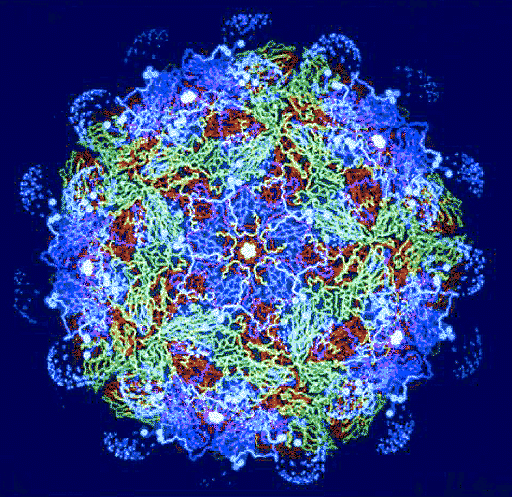 |
LITR 4332 American
Minority Literature 2013 Student Midterm Samples #1. Short essay (4-6 paragraphs) on 1 of 2 options
option 1a. Highlight and analyze |
 |
Tara Lawrence
Forced Participation, Voiceless and
Choiceless, and The Color Code as Represented In Cholly's Story
There was no place for Cholly's eyes to go. They slid about
furtively searching for shelter, while his body remained paralyzed. The
flashlight man lifted his gun down from his shoulder, and Cholly heard the clop
of metal. He dropped back to his knees. Darlene had her head averted, her eyes
staring out of the lamplight into the surrounding darkness and looking almost
unconcerned, as though they had no part in the drama taking place around them.
With a violence born of total helplessness, he pulled her dress up, lowered his
trousers and underwear. (Morrison 148)
In this passage from Toni Morrison's The
Bluest Eye, the reader is witness to a seminal moment from Cholly's past.
This moment, along with many others from the chapter, give a basis to the man
Cholly becomes in the present of the novel, a man capable of raping his own
daughter. What separates this particular moment from others in Cholly's
development is not its awfulness, but by whose hand the awfulness is dealt.
Cholly has know rejection and suffering since his birth; his mother and father
both abandoned him and he is raised by an aunt that, with no meaning of ill
intention, often points this out to Cholly. All the pain Cholly has known up
until this point has been caused by his own family, people of his own race,
people that look like him. Here, Cholly experiences a new kind of suffering; a
suffering dealt by the dominant culture, by the other. This passage can be
connected to many of the themes we have discussed in classó"Power
Relationship/Forced Participation," "Voiceless and Choiceless" and "The Color
Code" are three key terms that are immediately recognizable in the paragraph.
These concepts and their relation to the passage will be further explored in the
body of the essay.
Cholly was compelled by two white men to continue having intercourse with
Darlene while they watched. This action parallels the forced participation of
slavery and emigration to America experienced by Africans at the hands of
European slave traders and masters. The method used in this coercion is a
familiar one, the promise of violence to come if orders are not followed. The
interloping white men held a gun, against which Cholly's searching eyes found no
place to go, no shelter. He and Darlene had no protection and no hope of escape.
Forced participation becomes the only way forward in this desperate situation.
Cholly and Darlene say nothing at all during this passage. Their lack of voice,
speaking to their helplessness in the situation; they are truly "voiceless and
choiceless." Their lack of speech in this passage, against their oppressors,
illustrates the true impotence felt by an African-American in this situation or
other similar situations. Along with speechlessness, Morrison uses heavy
body-imagery in this passage to evoke feelings of vulnerability. Cholly's body
is paralyzed, Darlene's head is avertedóboth actions that indicate fear, shame,
domination and total helplessness.
To contrast the tones of forced participation and voicelessness and
choicelessness felt by Cholly and Darlene, Morrison introduces "the color code"
in this passage, but it is introduced in the style of "the black aesthetic."
"The black aesthetic" takes the traditional color code of white=good and
black=evil and turns it upside down. The white men are carrying a flashlight.
This symbolic flashlight is not in the form of
"the good." These men are obviously the enemy in this passage; they are
the interloping evil of "the other." To escape this evil Darlene disassociates
from the reality around her and stares into the darkness. Here the darkness is
her only respite from the light, from evil.
When broken down, this passage encompasses many elements of the minority
experience in America. "Forced participation," power relationship struggle, and
being "voiceless and choiceless" are a part of the American minority story.
Color codes are a traditional symbolic method of ascribing meaning in
literature, while the black aesthetic works against this to give beauty to
darkness. This passage in rich in meaning, not only to understanding Cholly, but
to the understanding of minority literature.
